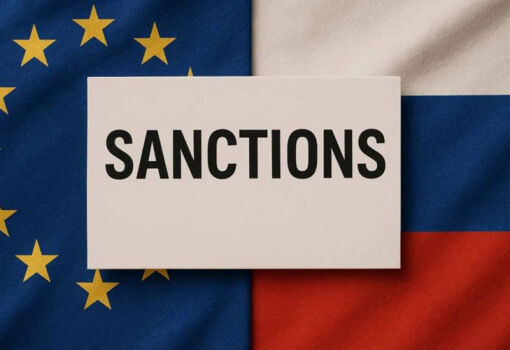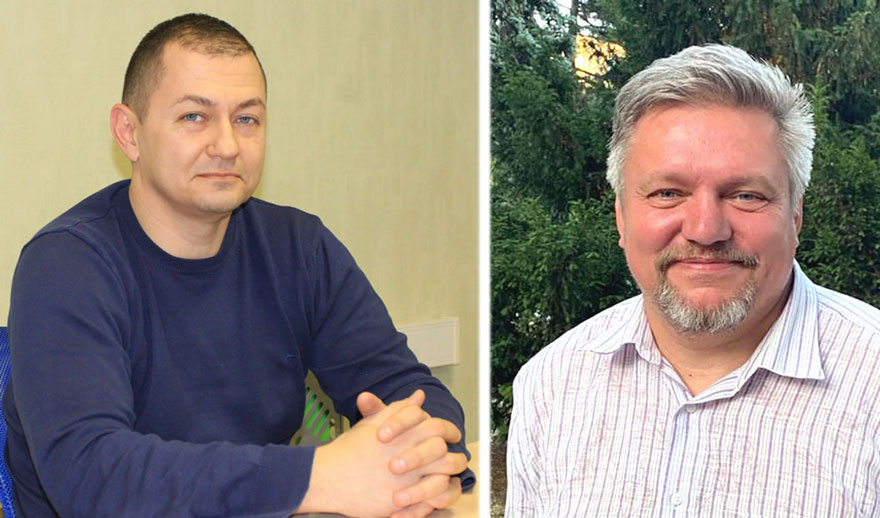
The presentation of the first set of final Census-2024 data includes information on the geographic distribution of the population, by sex, by development region, and by Tier I and Tier II administrative-territorial units.
Over the ten years, the country’s population has decreased by 380,000 people. This is 14% less than the indicator of the 2014 census. Reconciliation of the information received on the ground with the information from the relevant administrative sources for “signs of life” revealed additional 8 thousand people missed during the census. Thus, the estimated number of permanently residing population (net coverage) in Moldova as of the census date (April 8, 2024) was 2409.2 thousand people.
According to the 1959-2024 censuses, the population dynamics has multidirectional trends. Continuous growth in the censuses of 1959, 1970, 1979 and 1989 and continuous decline in 2004, 2014 and 2024. Meanwhile, the maximum number of 3.6 million was recorded in the 1989 census. According to the data on the population with permanent residence, on January 1, 2025, i.e. more than half a year after the census campaign, the official statistics refers to the number of 2381.3 thousand people permanently residing in the country.
NBS: Chisinau has the largest population among development regions and municipalities – 720.1 thousand (29.9% of the total population), followed by development regions Center – 670.1 thousand (27.8%) and North – 608.7 thousand (25.3%). The smallest population size among the development regions is in the South development region – 306.7 thousand inhabitants (12.7%) and ATU Gagauzia – 103.7 thousand inhabitants (4.3%).
Urbanization of the country is going on at an accelerated pace. But only the population of Chisinau is growing (+17%), while the population of Balti and districts is decreasing. Almost every third inhabitant of Moldova now lives in Chisinau (previously it was every fifth). One third of the country’s population lived in the municipality of Chisinau (29.9% vs. 22.1% in 2014).
The urban population, compared to 2014, increased by 45 thousand people, while the rural population decreased by 425 thousand. That is, not everyone is moving to the cities, most of them are still going abroad. The share of urban population amounted to 46.4%, 7.9 p.p. more compared to 2014 (38.5%).
NBS: “The share of urban population prevails in the municipalities of Balti (96.2%) and Chisinau (88.4%). Next are Taraclia district with 51.2% of urban population, ATU Gagauzia with 42.6% and Basarabeasca with 42.2%. The other districts have a lower degree of urbanization. The lowest share of urban population is registered in Cantemir (8%), Criuleni (9.5%), Telenesti (11.3%), Anenii Noi (11.5%), and in Dubasari district there are no urban settlements within which the census was possible”.
In terms of gender, the number of women was 1,271.9 thousand, or 52.8% of the country’s population (compared to 52.0% in the 2014 RPL). The number of men was 1,137,300, or 47.2% of the country’s population (compared to 48.0% in the 2014 RPL). At the same time, the differences at the regional and local levels are insignificant.
The highest proportion of women is in the municipality of Balti (54.8%), and the lowest in the districts of Leova (50.4%) and Cantemir (50.5%). At the level of towns and villages, the highest percentage of female population is in Pervomayske Village, Drochiai District (56.9%), and the highest percentage of male population is in Cobusca Veke Village, Novoaneni District (59.1%).
Although the share of urban population is constantly growing, Moldova remains almost the most rural country in Europe, as only 40% of the population lives in fairly large settlements with 1,000 to 5,000 inhabitants.
The city of Chisinau (without suburbs) concentrates 23.5% of Moldova’s population and is the only settlement in the category with more than 100 thousand inhabitants (567.0 thousand inhabitants), according to international standards. Another 28 cities (municipalities) and villages (communes) have from 5 to 10 thousand inhabitants, which is 8.2% of the total population, 18 localities have from 10 to 20 thousand inhabitants (9.6% of the total population) and 6 cities (municipalities) have from 20 to 100 thousand inhabitants, concentrating 8.7% of the population, including the city (municipality) of Balti with 3.8% of the country’s population.













